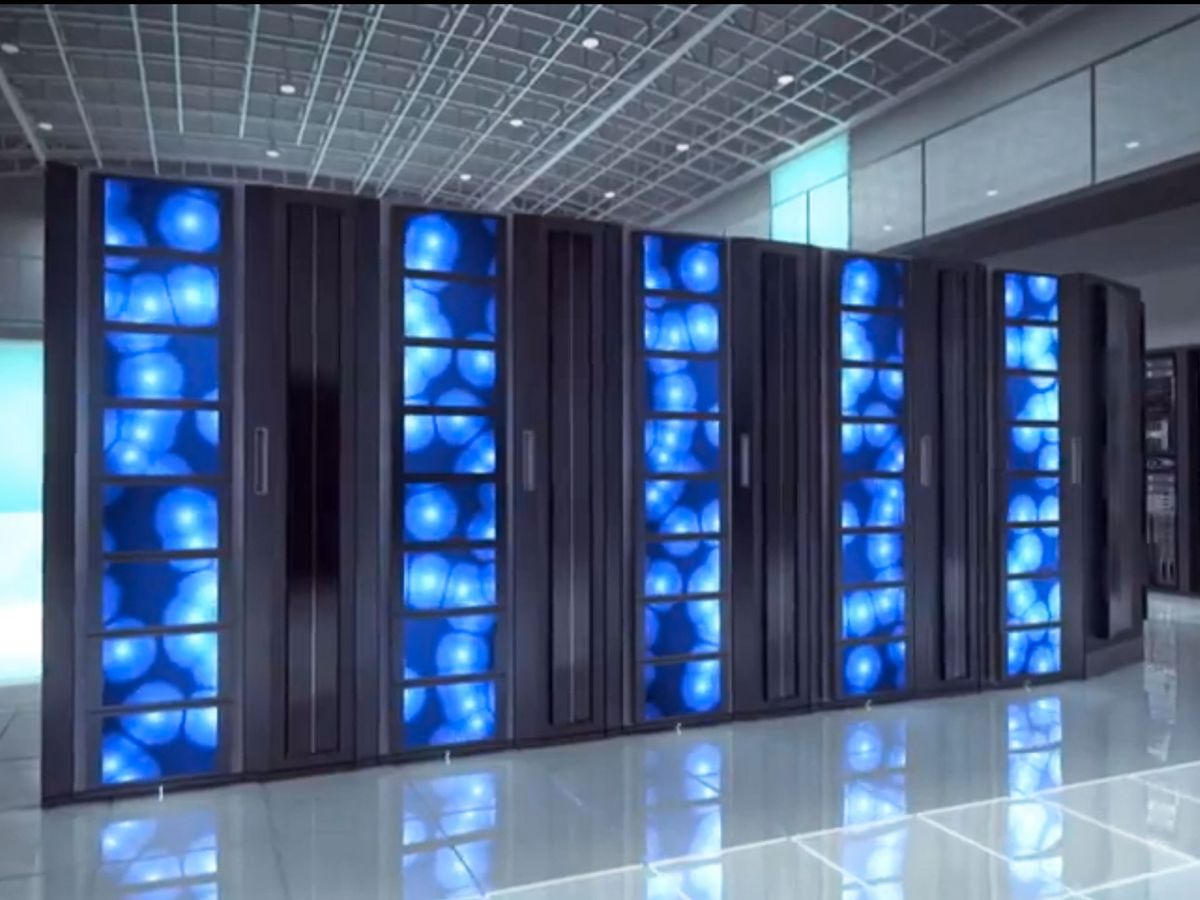Conventionally, supercomputers have been ranked by number-crunching might, but not everyone agrees this is the most important metric to consider. These days, cars are evaluated by fuel consumed per kilometer, not their maximum speed. Supercomputers are following this trend, too. Last Friday marked the latest releaseof the biannual Green500 list, which grades these machines in a nontraditional way: by looking at their performance-per-watt. The list complements Top500, which sorts supercomputers by looking at how fast each machine can solve equations.
Notably, the top end of the Green500 list is dominated by "heterogeneous" supercomputers—supercomputers built around processor cores that combine a mix of architectures whose composition is suited to the different computing tasks the machine will execute. Various processing elements are fused together, such as traditional central processing units (CPUs), graphical processing units (GPUs), and other types of coprocessors.
Two new entrants—both heterogeneous systems based on NVIDIA's Kepler K20 GPU accelerators—took the top two spots and cleared the bar of three billion floating-point operations per second (gigaflops) per watt. Eurora, installed at the CINECA Supercomputing Center in Italy, topped Green500 at 3.21 gigaflops/watt, and Aurora Tigon was a close second at 3.18 gigaflops/watt. The machines, both manufactured by Eurotech, bested the previous titleholder, University of Tennessee's Beacon (2.45 gigaflops/watt), by 30 percent.
On the Top500 list, Eurora is ranked way down at No. 467, delivering 100.9 Teraflops per second on the Linpack benchmark. However, what's interesting about the machine is not its peak performance, but rather its energy reuse system. Similar to the iDataCool solution IEEE Spectrumreported on last week, Eurora relies on a water cooling system to draw out excess heat; it then reuses this energy to drive adsorption chillers that cool the data center. It also redirects some of the waste heat to warm up other, human-occupied buildings at the facility.
On the other hand, Tianhe-2, which recently capped the Top500 list as the world's fastest supercomputer, delivered 1.9 gigaflops/watt, largely due to the heterogeneous computing elements in its Intel Xeon Phi processors. This put it at No. 31 on Green500, and bespeaks the energy efficiency considerations many supercomputer manufacturers are now taking into account in building these systems.
According to Wu Feng, founder of Green500 and professor of computer science and electrical and computer engineering at Virginia Tech, the energy efficiencies of the highest-ranked machines on the Green500 list have been making much bigger gains than the have the mean or the median. "Overall, the performance of machines on the Green500 List has increased at a higher rate than their power consumption. That's why the machines' efficiencies are going up," says Feng. "While the gains at the top end of the Green500 appear impressive, overall the improvements have been much more modest."
But while there is still work to do, Feng believes that his team has made great strides overall in bringing green computing to the forefront of high-performance computing. "What we've done is raise awareness that energy efficiency is truly important," says Feng. "I didn't really feel like it got mainstream until 2007 or 2008… Up until that point, nobody really cared about energy efficiency; the only thing people cared about was speed. So it's really come around full circle."
No. | Machine | Installation Site | MFLOPS/W |
1
|
Eurora
|
CINECA (Italy)
|
3 208.83
|
2
|
Aurora Tigon
|
Selex ES Chieti (Italy)
|
3 179.88
|
3
|
Beacon
|
National Institute for Computational Sciences/University of Tennessee (USA)
|
2 449.57
|
4
|
SANAM
|
King Abdulaziz City for Science and Technology
(Saudi Arabia)
|
2 351.10
|
5
|
Unnamed
|
IBM Thomas J. Watson Research Center (USA)
|
2 299.15
|
6
|
Cetus
|
DOE/SC/Argonne National Laboratory (USA)
|
2 299.15
|
7
|
CADMOS BG/Q
|
Ecole Polytechnique Federale de Lausanne (Switzerland)
|
2 299.15
|
8
|
Unnamed
|
Interdisciplinary Centre for Mathematical and Computational Modelling, University of Warsaw (Poland)
|
2 299.15
|
9
|
Vesta
|
DOE/SC/Argonne National Laboratory (USA)
|
2 299.15
|
10
|
Unnamed
|
University of Rochester (USA)
|
2 299.15
|
Photo: Eurotech



